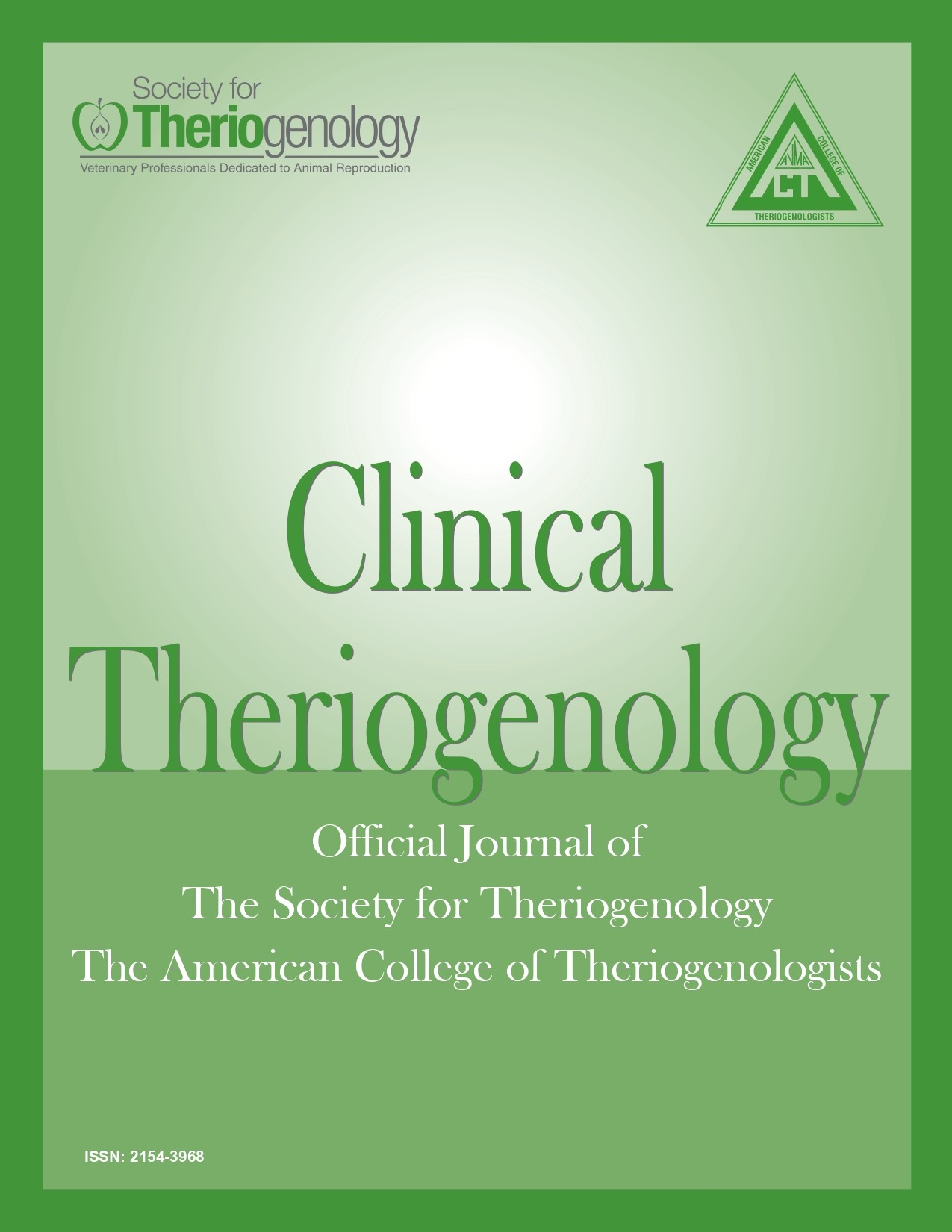Role of trace minerals in cow’s reproductive function and performance: a clinical theriogenology perspective
Abstract
Trace minerals (TM) have a crucial role in cattle reproduction. Although microelements are required in small amounts, their bioavailability is essential for the cow reproductive physiology, and for adequate fertility and productivity. They are particularly important for antioxidant protection against cellular damage (e.g. gametes and embryonic cells), hormone synthesis, and pregnancy maintenance. Oral TM supplementation is a common and highly recommended management practice in cattle operations. However, there is substantial variability in TM bioavailability in animals receiving oral TM supplementation. The strategic use of injectable TM supplementation (without replacing traditional oral TM supplements) before episodes of marked stress (e.g. parturition), higher metabolic demand with TM depletion (e.g. last trimester of pregnancy), active immune response (e.g. uterine involution or vaccination), and before breeding helps to maintain adequate TM and oxidative status during critical points of the reproductive program. This manuscript reviews the research-based evidence regarding the effects of TM supplementation on bovine reproduction and its impact on beef and dairy cattle reproductive performance.
Downloads
References

This work is licensed under a Creative Commons Attribution-NonCommercial 4.0 International License.
Authors retain copyright of their work, with first publication rights granted to Clinical Theriogenology. Read more about copyright and licensing here.





